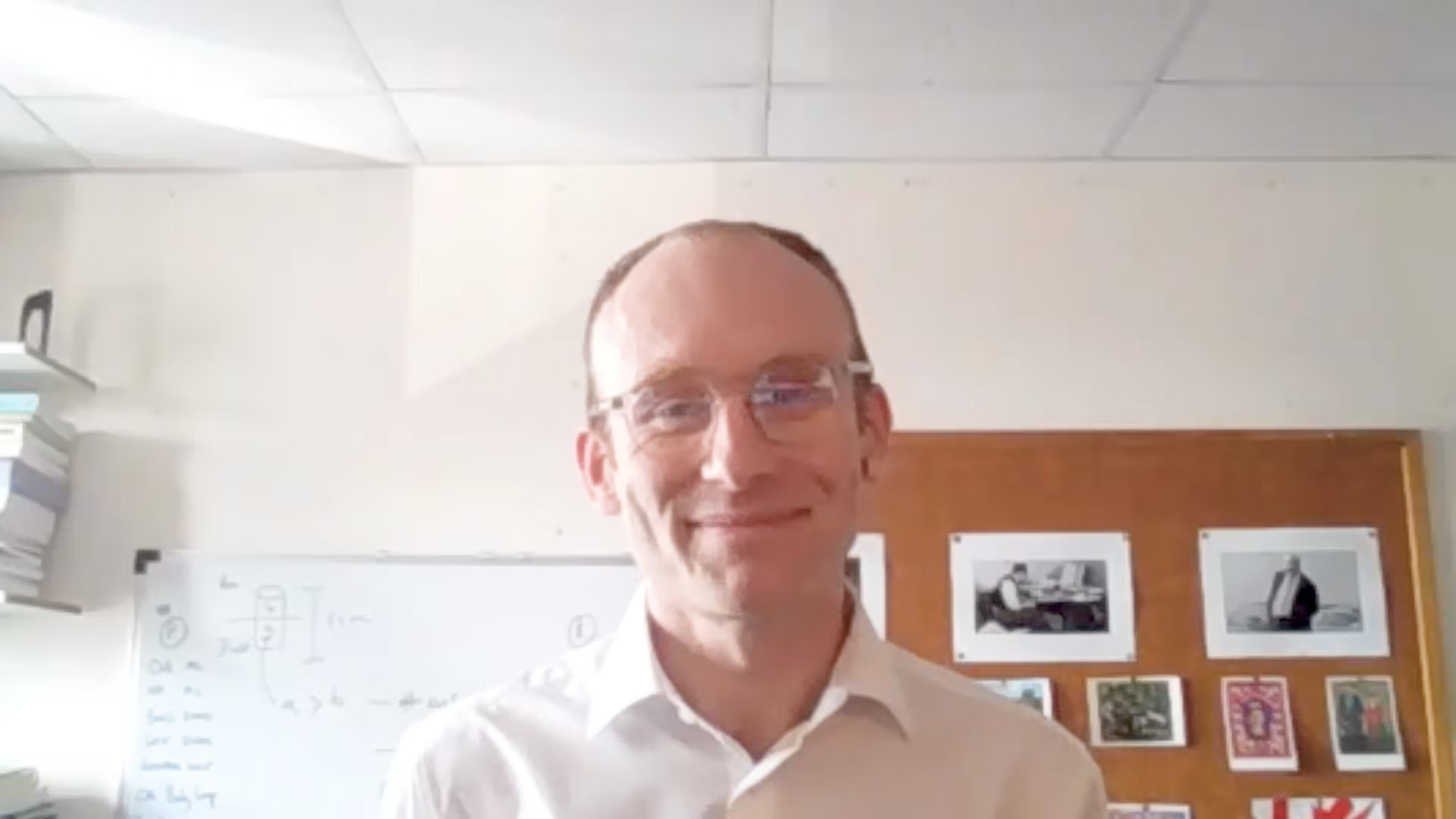Platelet Rich Plasma therapy for tendinopathies: Jean-François Kaux, WCO-IOF-ESCEO 2023
Platelet Rich Plasma (PRP) therapy uses growth factors and cytokines in platelets to repair damaged cartilage, tendons, ligaments, muscle and bone. touchIMMUNOLOGY were delighted to speak with Professor Jean-François Kaux (University of Liège, Liège, Belgium) to discuss the clinical evidence supporting the use of PRP in tendinopathies, where PRP fits into the treatment paradigm and the questions remaining unanswered.
The abstract ‘Efficacy of PRP in tendinopathies.’ was presented at WCO-IOF-ESCEO 2023, 4-7 May 2023.
Questions
- What populations are at a higher risk of suffering with tendinopathies? (0:21)
- Could you give us a brief overview of how platelet rich plasma (PRP) therapy works? (1:46)
- What clinical evidence supports the use of PRP in tendinopathies? (2:23)
- Where does PRP fit into the treatment paradigm for tendinopathies? (3:41)
- What questions remain unanswered and what future studies are planned? (4:24)
Disclosures: Jean-François Kaux has nothing to disclose in relation to this video interview.
Support: Interview and filming supported by Touch Medical Media Ltd. Interview conducted by Victoria Jones.
Filmed in coverage of the 2023 WCO-IOF-ESCEO Annual Meeting.
Click here for more content from WCO-IOF-ESCEO.
Transcript
What populations are at a higher risk of suffering with tendinopathies? (0:21)
Usually tendinopathies is an overuse injury, so people who practice lots of sport are much more at risk, or people who practice physical work are also at risk. But there are so many risk factors, we have intrinsic factors and also extrinsic factors. Among the intrinsic factors, there are some modifiable, others not, for example, age, sex are not modifiable, and we have factors which can be modifiable, for example, overweight or also the control of different conditions, for example, diabetes or hypothyroid disease, which are modifiable. Among the extrinsic factors, the load is one of the most important factor and too much load, for example, too much running or too much working, it can lead to the development of this tendinopathy.
Could you give us a brief overview of how platelet rich plasma (PRP) therapy works? (1:46)
Platelet rich plasma, usually PRP, it’s a treatment of pain by collecting the platelets of the patient, so it’s an autologous treatment. The aim is to collect the platelets, but especially the growth factors and the cytokines in the platelets. These factors can enhance the, or stimulate the healing process of the tendon.
What clinical evidence supports the use of PRP in tendinopathies? (2:23)
There is much more clinical evidence now than a couple of years ago, because now we can recommend the use of PRP in the treatment of lateral epicondylitis tendinopathies, but also in the patellar tendinopathies. It is not the case now in the Achilles tendinopathies because the studies show controversial results. There are much more studies on this type of tendinopathies, the problem is that there is no standardization of the PRP used and in the papers there is also a lack of information concerning the PRP used to treat the tendinopathy, so it is difficult to have a good idea of what type of people, which PRP can work or not. If we can, if we have to use leukocyte poor or leukocyte rich PRP, for example, the injection, the number of injections is still debated.
Where does PRP fit into the treatment paradigm for tendinopathies? (3:41)
PRP is not the first line treatment, so in the treatment of tendinopathy, we have to start with physiotherapy, increase load management, shock-wave therapy and in case of lack of this treatment, we can use new treatment and PRP is one of these new treatments. So after injection of PRP, we have also to follow this injection by exercises and load exercise management which are really important to have the best results.
What questions remain unanswered and what future studies are planned? (4:24)
What questions remain unanswered is that the quality of PRP, the type of PRP we need to have the best results with this treatment, we should have much more information on the type of PRP used in all the theories because now it’s difficult to have to do our comparison between the studies and to know which PRP, which type of PRP is the best for the treatment of the tendinopathy.
Subtitles and transcript are autogenerated.






